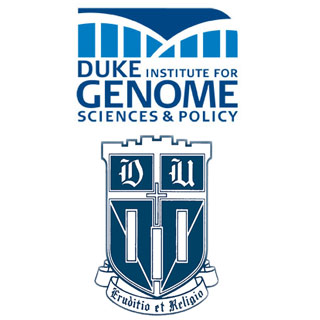
One person’s breast cancer is not the same as another person’s since the gene mutations seem to differ in each tumor. Apparently, that makes it difficult to match the best treatment with the individual patient.
Joseph Nevins, PhD, Barbara Levine University Professor of Breast Cancer Genomics at Duke, who directs the Center for Applied Genomics & Technology at Duke, says “Giving everyone the same few current treatments doesn’t take the very different types of tumors into account. It’s like trying to treat a virus infection without recognizing that it may be HIV, influenza, or cold virus.â€
For the purpose of understanding this better, Nevins along with his colleagues painstakingly examined a large number of mouse breast tumors and performed genomic analysis in order to differentiate the tumors.
“The genetic pathways in the tumors determine the sensitivity to drugs. We still have so much to learn about this,†adds Nevins.
All of the mice were noted to have been bred to have a Myc gene variant which gave them tumors. However, additional gene mutations appear to have been acquired which contributed to the tumor growth including mutations in the Ras gene and others. Evidently, the spectrum of tumor variation at the genetic level imitated the complexity of human cancers.
Nevins further elucidated that, “If we are going to successfully treat a tumor, we must recognize the extensive heterogeneity of what we call breast cancer and match drugs carefully to the characteristics of that particular tumor.â€
“Today breast tumors may be sorted by whether they are estrogen-sensitive or HER-2 sensitive, but that is about the extent of it. We are performing human trials to look at the underlying biological pathways and examine how best to match therapies with the individual patient. But, these are lengthy studies. Now we can develop new strategies to match a therapy with a mouse tumor subtype and have results in a much shorter period of time,†continues Nevins.
Nevins and colleagues are planning to carry out trials in the mice in order to discover the tumor, perform a needle biopsy, learn everything about the tumor and match it to a drug based on scientific data. Also, this trial may possibly be similar to the trials performed in humans. Nevins was of the opinion that the mouse studies don’t replace human trials, but they could be a vital component in putting forward a strategy.
“We examined a large number, up to 80 samples of mouse tumors. And in the same way that a picture gets clearer when you add more pixels, the information about the tumors became clearer as we examined more samples. In effect, we went to a higher resolution and could begin to see patterns more clearly,†says Nevins.
“This work highlights the importance of both biological and computational model systems to unravel the complexities and heterogeneity of human cancer,†says Daniel Gallahan, PhD, program director for the Integrative Cancer Biology Program at the National Cancer Institute.
Gallahan further stated that, “This type of analysis can be exploited to better align a therapeutic strategy with an individual’s specific cancer.â€
Experts anticipate that these mouse trials which are running parallel to human trials could possibly show what works well and what doesn’t in the trial methods, data collection, analysis, and other aspects of the trials. They may then be able to translate these findings instantly in order to keep the human clinical trials advancing as efficiently as possible.
The findings have been published in the Proceedings of the National Academy of Science.
